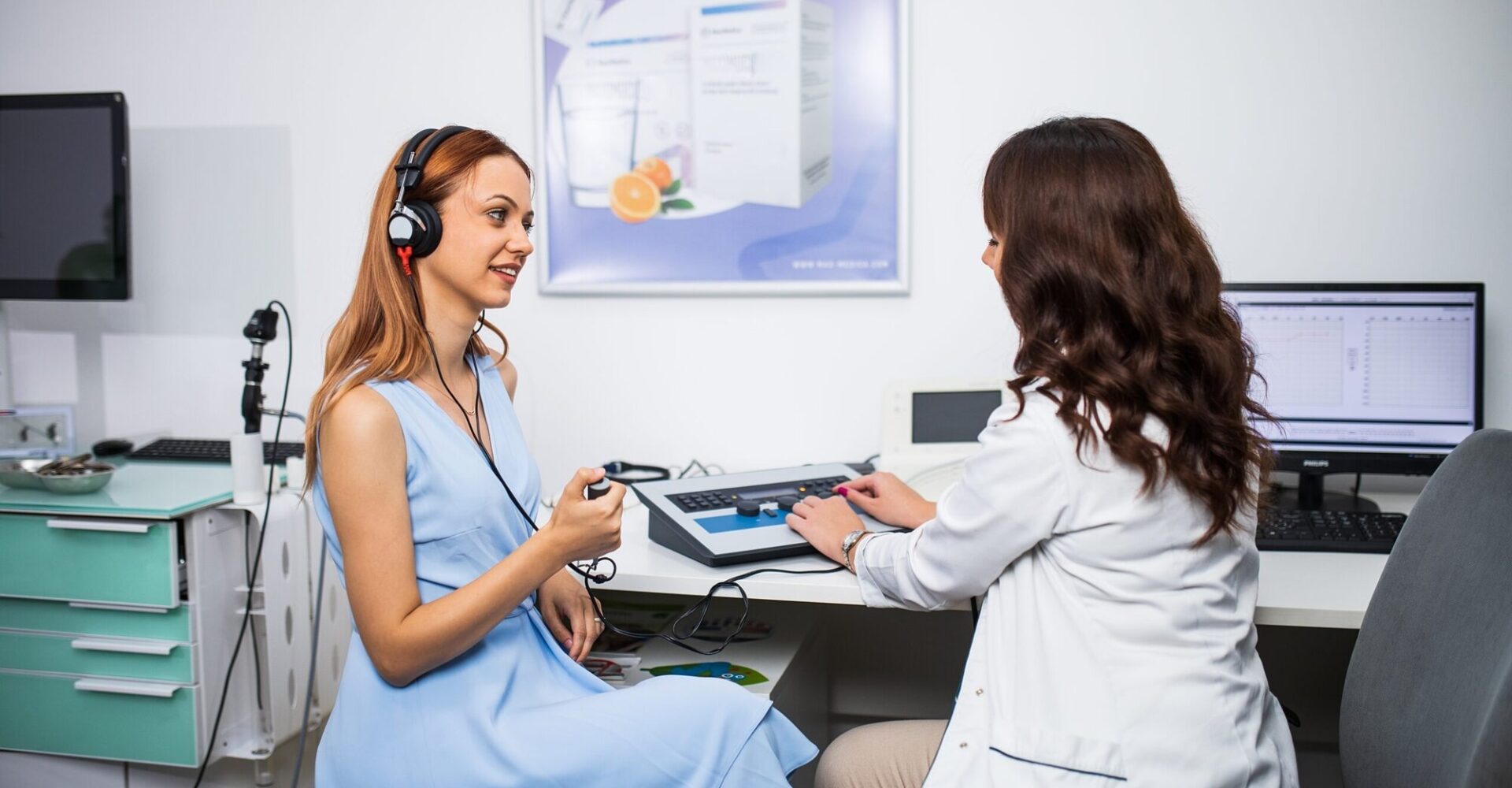Preparing Students for the Praxis
By Sarah McAlexander, AuD As we get closer to the Spring semester, many students are starting to turn…
Stay Connected!
Explore the latest updates, stories, and highlights from the SAA community — all in one place. Engage with our social media content directly from the website and stay in the loop with what’s happening across SAA.
Click on an Instagram post below to view, interact, or share with others.
Congratulations to the 2026 Academy Honors and Awards recipients! Each year, we celebrate colleagues whose service and leadership advance audiology and the hearing sciences. Hear directly from this year’s honorees about the achievements that matter most to them.
Read more at audiology.org

Impulse-buy fuzzy socks: $8
National SAA monthly membership: $5.42
Invest in your future.

Did you know the SAA Conference is FREE for the first 150 student attendees? Join us in San Antonio on April 22 for a can’t-miss event!
Register now at the link in our bio.


Undergraduate Programs
Thinking about pursuing an audiology program? Find undergraduate resources here to help make your journey easier.

Audiology Doctoral Students
About to choose between an AuD or PhD degree for your audiology program? Don’t walk this journey alone - find resources here that can help guide you.
Get Involved
Advocate on behalf of the profession, educate your peers, and participate in national campaigns to get the word out about hearing health.

Volunteer
The SAA has many volunteer opportunities from committee positions to a state ambassador program.

Advocate
Ensure your voice is heard and join your peers, and the Academy, on Capitol Hill.

Participate
Get involved in national campaigns to educate the public about hearing and balance care.

Become a Chapter
Instate a chapter at your university—become eligible for chapter funding opportunities.














